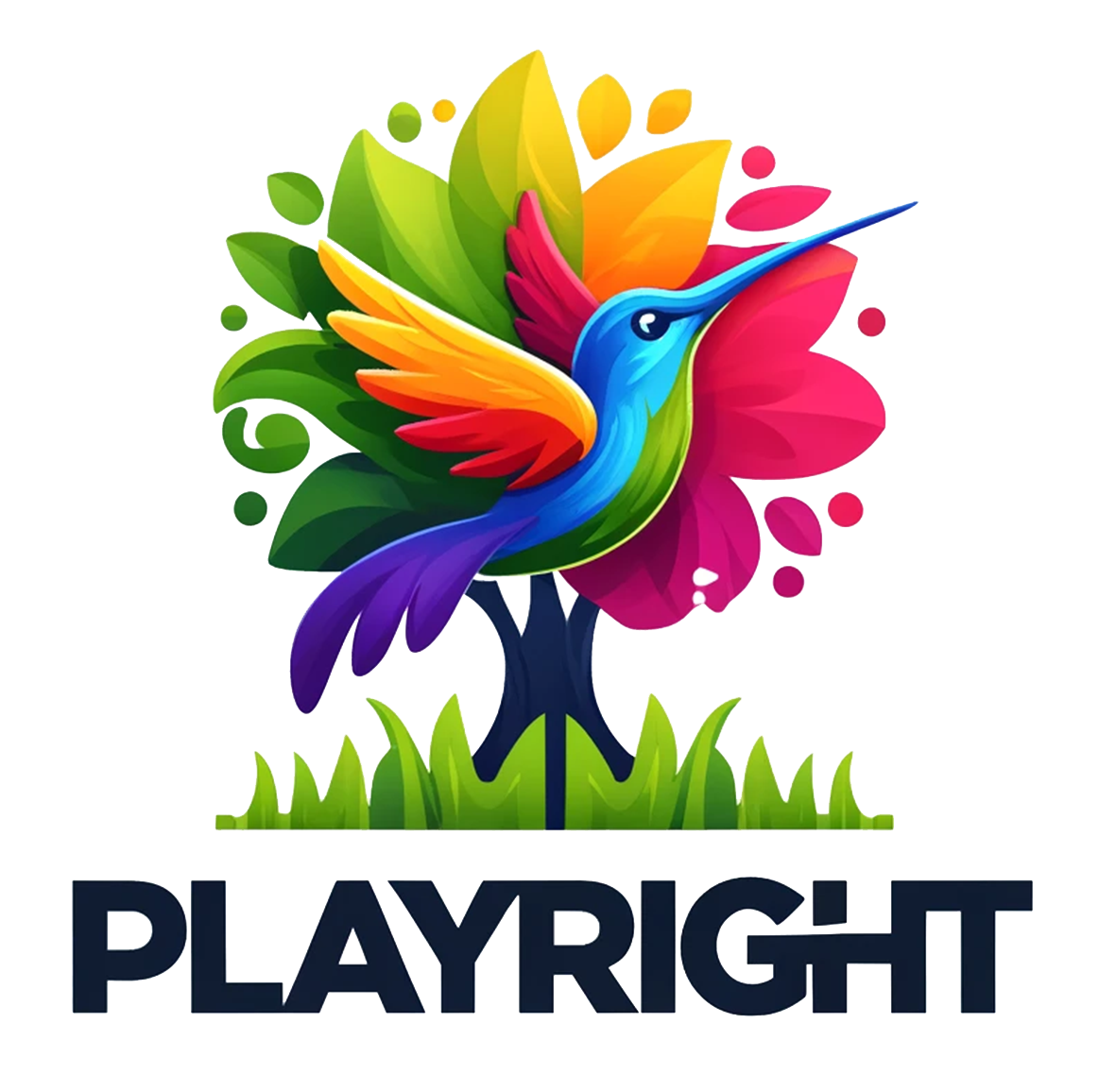What are SMART Goals and How to Create Them
SMART goals are a powerful method for guiding children's learning in a structured, achievable manner. SMART stands for Specific, Measurable, Achievable, Relevant, and Time-bound. This approach ensures goals are clear and reachable within a certain timeframe, which can significantly enhance a child's ability to learn and succeed in various areas.
Here are some examples of SMART goals in practical use.
Math
Specific: Improve multiplication skills.
Measurable: The child should be able to correctly solve 20 multiplication problems (up to 12x12) in 4 minutes.
Achievable: Start with smaller sets of multiplication facts and gradually increase difficulty as the child masters each level.
Relevant: Multiplication mastery is aligned with future math subjects like division, fractions, and algebra.
Time-bound: Goal to be achieved in 6 weeks.Example: John struggles with multiplication. He aims to improve by solving sets of 5 multiplication problems within 4 minutes. We add more problems to the set each week, aiming for John to solve 15 problems in 4 minutes by the end of “X Number” of weeks.
Spelling
Specific: Increase spelling accuracy.
Measurable: Achieve 90% accuracy on weekly spelling tests, focusing on 20 new words each week.
Achievable: Introduce interactive spelling activities and practice tests.
Relevant: Good spelling skills are fundamental for effective communication and writing.
Time-bound: Goal to be achieved over the school term.Example: Emily has difficulty with spelling. We'll introduce 20 new spelling words related to her current lessons each week. She'll engage in daily practice through games and quizzes, aiming for at least 90% accuracy on her weekly tests throughout the term.
Science
Specific: Understand the water cycle.
Measurable: Describe each stage of the water cycle and draw a diagram explaining the process.
Achievable: Use visual aids, experiments, and models to illustrate the water cycle stages.
Relevant: Understanding the water cycle is essential for grasping other environmental and biological cycles.
Time-bound: Achieve this understanding in 3 weeks.Example: Alex shows interest in science but struggles with the water cycle. To explore each stage, we'll use diagrams, simple experiments (like evaporating water in a bowl), and model-making. By the end of three weeks, Alex should be able to confidently explain and illustrate the water cycle.
Social Skills
Specific: Improve conversational skills.
Measurable: Participate in at least two conversations per day without prompting.
Achievable: Start with one-on-one conversations, gradually moving to larger groups. Practice conversation starters and responses.
Relevant: Conversational skills are key for social interaction and building relationships.
Time-bound: Goal to be achieved in 5 weeks.Example: Sara is shy and struggles to join group conversations. We'll work on building her confidence through one-on-one interactions and teaching her simple conversation starters. Gradually, we'll encourage her to join larger groups and have at least two group conversations daily by the end of five weeks.
Motivating the Child
Incorporating SMART goals into a child's learning plan is a strategic approach to ensure progress and achievement. However, the success of these goals heavily relies on the child's motivation and the appropriateness of the measurement methods used to track progress.
Personal Interest: Tailor goals to include the child's interests or hobbies. When a child sees the relevance of a goal to something they're passionate about, their intrinsic motivation increases.
Positive Reinforcement: Utilize praise, encouragement, and rewards appropriately. Acknowledge every small achievement to build confidence and reinforce effort and progress.
Visual Progress Tracking: Use charts or progress bars to visually track improvements. Children are often motivated by seeing tangible evidence of their progress.
Involvement in Goal Setting: Include the child in the goal-setting process. Children who feel ownership over their goals are more committed to achieving them.
Adjusting Challenges: Ensure that goals remain challenging yet achievable. Engagement becomes more challenging if a child consistently meets their goals too easily. Conversely, if a goal is too difficult, adjust it to prevent discouragement.
Measuring Progress and Creating Linear Goal Paths
Breakdown into Smaller Steps: Divide a larger goal into smaller, manageable tasks. This makes it easier to measure progress and provides multiple opportunities for success and encouragement.
Use Benchmarks: Establish benchmarks or milestones within the goal timeline. These are checkpoints to assess progress and adjust the learning plan as needed.
Quantitative vs. Qualitative Measures: Depending on the goal, determine if progress is best measured quantitatively (e.g., number of problems solved) or qualitatively (e.g., demonstration of understanding through explanations or creative projects). Both types of measurement can provide valuable feedback.
Regular Reviews: Schedule regular review sessions to assess progress towards goals. This allows for real-time feedback and the opportunity to celebrate achievements or recalibrate goals as needed.
Sequential Learning Paths: For complex subjects, establish a sequential learning path where mastery of one skill naturally leads to introducing the next, more challenging concept. This linear progression ensures that foundational knowledge is solidified before advancing, making learning more effective and goals more attainable.
Kimberley Arnett-DeSimone, a career pediatric occupational therapist in Huntersville, North Carolina, authored this post.



